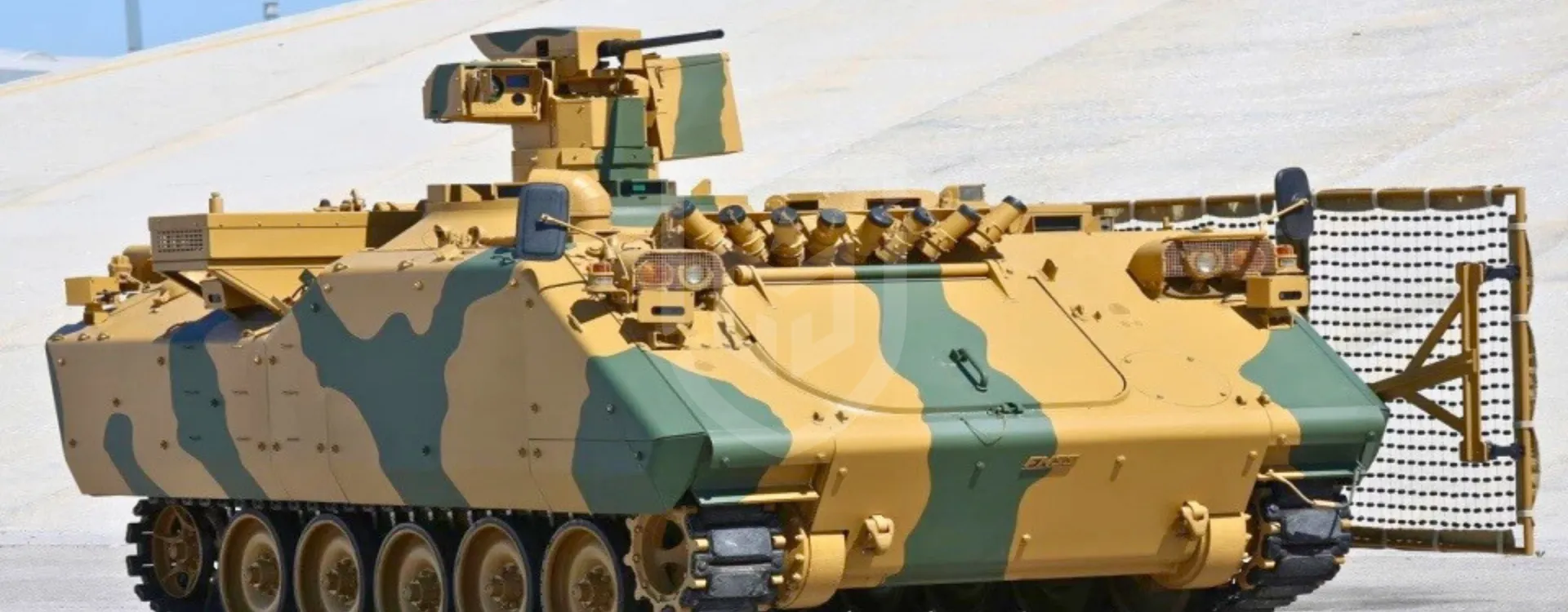

BREAKING NEWS

An Infantry Fighting Vehicle (IFV) is a combat vehicle that transports infantry to the frontline under armor and actively fights alongside them. Unlike a classic Armored Personnel Carrier (APC), which prioritizes transport, the IFV’s defining feature is its ability to conduct independent offensive action with a 20–40 mm automatic cannon, coaxial machine gun, and often anti-tank guided missiles (ATGMs). On today’s battlefield, IFVs balance mobility, protection, and firepower in a single platform.
Mission & employment concept: IFVs carry infantry to the “last meters” of the assault; once dismounted, troops continue close combat while the vehicle provides fire support, smoke/obscuration, and reconnaissance. Within network-centric warfare, IFVs fuse data from UAVs and sensors through command-and-control systems, accelerating target detection and engagement.
Technical characteristics:
Chassis: Tracked (e.g., M2 Bradley, CV90, BMP-2) or wheeled (e.g., Boxer, VBCI, Pars/Arma), chosen to match terrain.
Protection: Ballistic and mine/IED protection; upgradable with modular armor, ERA/NERA, and active protection systems (APS).
Firepower: Auto-cannon + ATGM combination; stabilized turret, thermal/low-light sights, laser rangefinder.
Capacity: Typically 3-person crew (driver, gunner, commander) + 6–9 dismounts.
Mobility: High power-to-weight, optional amphibious capability (model-dependent), NBC protection, and digital battle network integration.
IFV vs. APC—what’s the difference?
APC: Focus on transport & survivability; limited armament (12.7–14.5 mm MG/light turret).
IFV: Focus on assault support + transport; auto-cannon/ATGM suite effective against armored targets.
This draws a clear doctrinal line between a vehicle that “carries to the fight” and one that “fights the fight.”
Historical note: In the 1960s–70s, the concept of a combat-participating carrier emerged. The Soviet BMP-1 (1966) and German Marder (1971) institutionalized the idea of infantry riding a vehicle that fights. Since then, urban warfare, asymmetric threats, and IEDs have pushed IFV design toward stronger armor, better sensors, and APS.
Why it matters:
Preserves unit cohesion and moves infantry quickly and safely.
Enables combined arms maneuver; provides close support to tanks.
Offers strong cost-effectiveness versus non-tank armored targets and entrenched infantry.
Modularity speeds upgrades such as counter-drone systems, C-UAS jammers, active protection, and advanced fire-control software.
Current trends: 30–50 mm+ cannons, remote-controlled weapon stations (RCWS), missile-integrated turrets, sensor fusion, smart munitions, and APS are raising the bar. Hybrid/electric drives and uncrewed wingman vehicles are also rising fast.
In short: The IFV is the core ground platform that protects and delivers infantry, shapes outcomes with firepower, and adapts to network-centric operations across diverse missions.